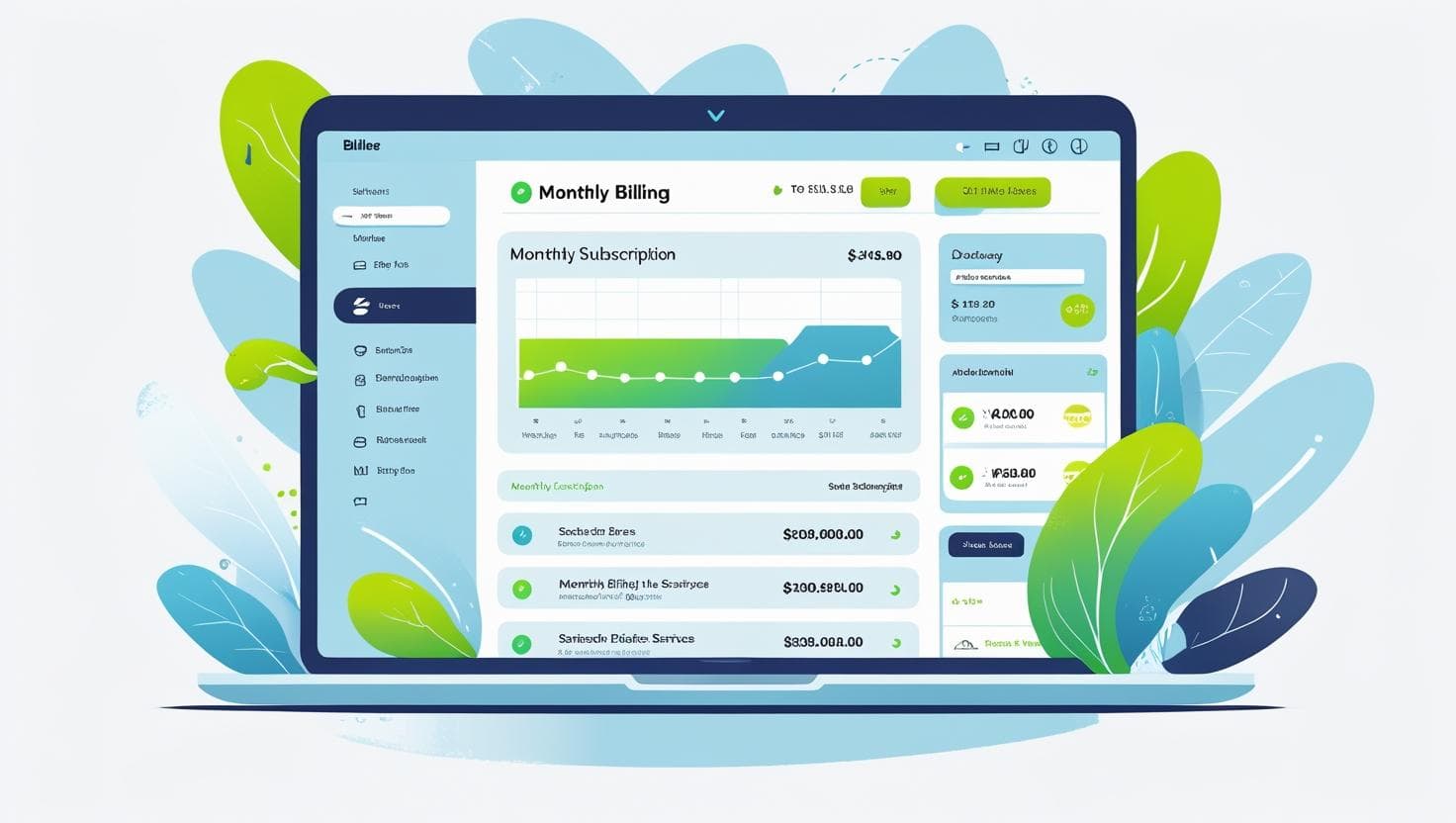Decoding Your Churn Report: Beyond the Basic Numbers
Go beyond surface-level metrics. Learn how to analyze your churn report to uncover the real reasons customers are leaving and take action to improve retention.

Your churn report is more than just a list of departed customers and a percentage. It provides insights into the health of your SaaS business, revealing why customers are leaving and providing crucial clues on how to improve customer retention. However, simply looking at the overall churn rate isn't enough. To truly understand and act on your churn, you need to delve deeper and decode the numbers.
The Basic Churn Metrics: A Starting Point
Every SaaS business should be tracking its core churn metrics:
Customer Churn Rate: The percentage of customers who canceled their subscription within a specific period.
Revenue Churn Rate: The percentage of recurring revenue lost due to cancellations or downgrades within a specific period.
While these provide a high-level overview, they don't tell the full story. To gain actionable insights, you need to move beyond these basic figures.
Going Deeper: Segmenting Your Churn Data
One of the most effective ways to decode your churn report is through segmentation. By breaking down your churn data based on different customer attributes, you can identify patterns and understand if specific customer groups are churning at a higher rate.
Consider segmenting your data by the following categories:
Subscription Plan: Are customers on a particular plan more likely to churn? This could indicate a mismatch between the plan's features and customer needs.
Acquisition Channel: Do customers from certain marketing channels have a higher churn rate? This might suggest issues with the quality of leads.
Customer Cohort: By analyzing churn based on when customers joined, you can determine if recent product or service changes are impacting retention.
Usage Patterns: Are customers who use certain features less frequently more likely to churn? This highlights underutilized features.
Customer Size/Type: For B2B SaaS, segmenting by company size or industry can reveal if your product is a better fit for certain types of organizations.
Uncovering the "Why" Behind Churn
While segmentation tells you who is churning, it doesn't always explain why. To uncover the underlying reasons for churn, look for additional data and qualitative information.
Leveraging Qualitative Data for Insights
Cancellation Reasons: If you collect cancellation reasons during the offboarding process, analyze these responses to identify common themes.
Support Interactions: Review support tickets from churned customers to see if they experienced specific issues or frustrations.
Exit Surveys: Implement and analyze exit surveys to gather detailed feedback from departing customers.
Using Quantitative Data for Behavioral Analysis
User Behavior Metrics: Look for a drop-off in login frequency, a lack of engagement with key features, or a decrease in time spent in the application.
Feature Requests: Did churned customers consistently request a feature that your product was missing? This is a clear signal of a gap in your offering.
Turning Churn Insights into Action
Once you've decoded your churn report and identified the "who" and the "why" behind customer departures, the next step is to translate those insights into actionable strategies.
Product Improvements: Address feature gaps or usability issues highlighted in your analysis.
Enhanced Onboarding: Improve the initial customer experience to ensure new users quickly find value.
Targeted Customer Success: Proactively engage with at-risk customer segments identified in your analysis.
Improved Communication: Address recurring billing issues or provide better support for common frustrations.
Decoding your churn report is an ongoing process. By consistently analyzing your data beyond the basic numbers, you can gain a deeper understanding of your customers, identify areas for improvement, and ultimately build a more resilient and successful SaaS business.
Want to read more about churn prevention and revenue recovery?
Back to all blog posts